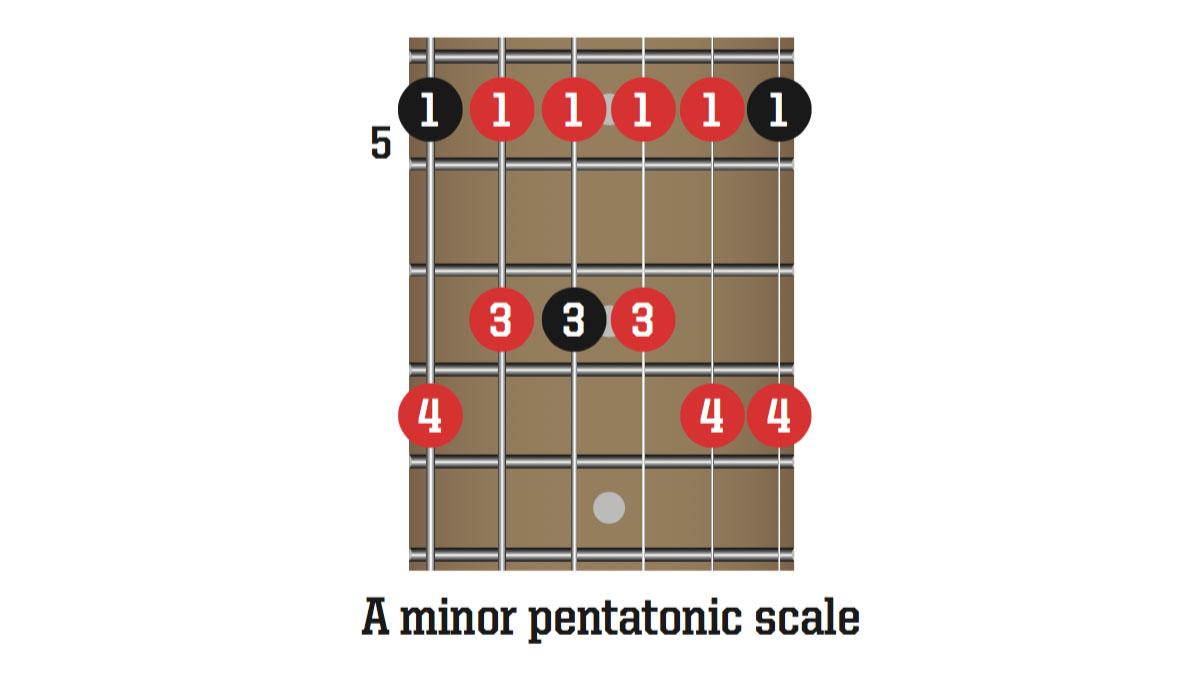How to play lead guitar: learn to play your first solos
Start your lead playing journey with TG’s easy lesson on two essentials: the minor pentatonic scale and string bends

“I’ve always played chords and rhythm. How can I get started playing lead guitar?”
Lead guitar is an all-encompassing approach to playing, so try not to think of rhythm and lead as separate disciplines. Lead guitar is simply taking the spotlight so your guitar becomes the, er, “lead” instrument.
Think about how, say, Joe Bonamassa might blast out a fiery blues-rock solo or how Johnny Marr might drop into a run of sparkling arpeggios during a lead break.
Funk maestro Cory Wong usually takes a “rhythm as lead” approach, crafting chord extensions into a melodic run. Three totally different players and three different ways of playing lead guitar.
“Interesting! I’ll keep an open mind then. But how should I get started?”
Well, let’s keep it simple to begin with. For our purposes, we’ll think of lead guitar as playing one note at a time. Basically, the opposite of chords – which have several notes.
It might sound simplistic but bear with us. It’s the best way to get started, and, if you’re only used to playing chords, you’re going to need to learn to move one finger at a time. Start by fretting just one note and picking the string. It should be nice and easy...
“Just one note? That’s much easier than playing chords!”
Single notes don’t really need a lot of strength. The real challenge is the speed and dexterity involved in moving from note to note – usually several times in every bar of music. Chords are more static. Try switching between four different notes using different fingers – that’s the skill you’ll be aiming to build up.
“Ah yes, that is harder. What next then?”
Here’s the bit some guitarists find boring... Learn a scale. Even just one shape will get you started and help you choose which fingers to use when you plot out a solo. The scale shape in the boxout on the right will get you underway.
“I’m doing it, but it is tricky...”
It takes time to develop coordination, especially in the fourth finger (that’s the pinkie!) – which always seems to lag behind the others. Keep at it and, for now, use the scale shape to help you decide where to put your fingers as you try our tabbed melodic rock lick below.
This should provide a challenge for you to gradually build up to. Start slowly, and with patience and practice you’ll soon be rocking.
Scales and bends – Lead guitar essentials

1. Using a scale
Look at the scale diagram for the A minor pentatonic scale above. The dots tell you where to put your fingers to play this easy scale. Your fretting fingers are represented by numbers 1 to 4. Remember, play one note at a time starting from the lowest one.

2. Bends
Bend the string to change the note – it’s a great alternative to fretting every single note you play. Use all your available fingers to hold down the string and bend it towards the middle of the fretboard.
Now you have learned the A minor pentatonic shape, have practised your bends, it's time to put it all together in our example before – a slow rock ballad lick in A minor.
Slow melodic rock lick

This lick uses the A minor pentatonic scale, but you’ll be jumping up to the 9th and 10th frets then down to the 3rd fret too. Break the lick down note by note and practise as slowly as you can.
BU/BD tells you to bend the string up (BU) then down (BD), but just play the 6th and 5th frets without a bend if you can’t manage it yet.
Get The Pick Newsletter
All the latest guitar news, interviews, lessons, reviews, deals and more, direct to your inbox!
Chris has been the Editor of Total Guitar magazine since 2020. Prior to that, he was at the helm of Total Guitar's world-class tab and tuition section for 12 years. He's a former guitar teacher with 35 years playing experience and he holds a degree in Philosophy & Popular Music. Chris has interviewed Brian May three times, Jimmy Page once, and Mark Knopfler zero times – something he desperately hopes to rectify as soon as possible.








![Joe Bonamassa [left] wears a deep blue suit and polka-dotted shirt and plays his green refin Strat; the late Irish blues legend Rory Gallagher [right] screams and inflicts some punishment on his heavily worn number one Stratocaster.](https://cdn.mos.cms.futurecdn.net/cw28h7UBcTVfTLs7p7eiLe.jpg)


